You are now getting basic step by step instructions needed in your life to develop mindfulness, effort, and wisdom. You gain such knowledge from the teachings of the Buddha. Therefore, I am teaching you what the Buddha disclosed and not something that I discovered. I teach you these as a follower of the Buddha. This method is wholly attributed to the Buddha who discovered it.
One day someone asked arahant Uttara thero, “Venerable Sir, you preach the Dhamma beautifully. Is this Dhamma originated within you? Or do you preach this Dhamma by learning from someone else?” Then, arahant Uttara thero answered, “Dear friend, if there’s anything that’s well-said, all of it belongs to the words of the Supreme Buddha. We just abstract those words when we speak.” Furthermore, an example was presented to realize the Buddha’s Dhamma. “Let’s say there is a heap of grains, and anyone could get as much as grains one wants from that pile of grains. Thus, each person takes as much as grains that fits in their containers. Likewise, a person learns the Dhamma according to one’s talent.” In the same way, you will penetrate this Dhamma that you are learning now according to your own skill.
The meditation method you are about to learn may be somewhat unpleasant to you. It is called asubha bhāvanā or mindfulness of impurities of body. It is all about our bodies and individual body parts inside and out. Even though this is an unpleasant subject when we think about it we would gain a lot of insight from this meditation. However, before we get into it, it would be prudent to talk about a couple of myths surrounding it. There is a common belief that lay people should not meditate on asubha or the impurities of body as such meditation would destroy family life and life as a lay person. If that were true, consider what doctors and nurses do for a living. They see this repulsive side day in and day out and still manage to have good family lives. It seems the people who have been intoxicated and infatuated by sense pleasures feel revulsion towards the subject and reject the Buddha’s teachings on it. “Dhamma dessī parābhavo,” Such people lose success. “Dhamma kāmo bhavaṁ hoti,” The followers of Dhamma achieve success. We must keep in mind that if we lean towards the teachings we cannot go wrong.
But what is important to note is if you are ready to realize the truth of this life. For this, you must first gain some knowledge about the meditation before you actually start it. Asubha meditation is the contemplation of thirty-two impure parts of the body in their true nature.
Let us take hair for example. Let us imagine someone with long hair. They love their hair and stroke it with much affection. When brushing it they do it with much care. Let us take another person who loves her nails. She files them into shape, buffs or polishes them, and admires them. Then, let us consider someone who loves their teeth. This person worries about keeping his or her teeth in top condition; brushing constantly and grinning in front of the mirror to admire the teeth. Then, consider someone who spends a lot of time on the care of his or her skin. To someone who has such a lifestyle, this contemplation of the impurities is indeed something very strange.
But, let us consider the Buddha’s words here. If our hair would always remain thick, smooth and lustrous, if our nails would always remain attractive, if we can maintain this beautiful life, then, we have no problem. But it is time for a reality check. Our bodies are always deteriorating. There comes a time when we have to face the fact that we will need to accept this truth. This meditation will help us immensely when realising this truth.
The Buddha said that skillful contemplation of the impurities of body is like burning a chicken feather. When you hold a chicken feather to a candle it shrivels. It can never be unfolded again. The person who contemplates on the impurities, according to his guidelines, develops a very realistic mind where attachments have shrivelled to never return to their previous states through a clear and comprehensive understanding of the way things really are. This meditation is very helpful for developing Samadhi, concentration. Therefore, we must remain fully aware of the validity of concentration gained through this meditation as well. But keep in mind that if we feel revulsion at any point while meditating we have not truly practiced the contemplations of the impurities of body. If we are repulsed, we have really been contemplating body parts in just an attractive manner.
The Buddha advised us to think of a sac containing mixed seeds, which has openings at both ends. A person with good eyesight takes this sac and unties the openings, carefully acknowledging the seeds by type as: this is rice, this is chickpeas, this is mung beans, this is lentils, this is barley, this is corn, and so on. In this manner, the wise meditator begins to look at his body part by part from head to toe.
How does he contemplate? He goes to a calm place and silently thinks about the impure parts of this body. He sees these impure body parts separately, one by one. There is hair in this body. There are nails in this body. There are teeth in this body. There is a skin in this body. There is flesh in this body. There are veins in this body. There are bones in this body. There is bone marrow in this body. There is a kidney in this body. There is a heart in this body. There is a uterus in this body. There are lungs in this body. There is a liver in this body. There are small intestines in this body. There are large intestines in this body. There are feces in this body, etc. In this manner, that person contemplates the impure parts of this body.
He also sees that there is gall in this body. There is phlegm in this body. There is pus in this body. There is blood in this body. There is sweat in this body. There is a liquid that flows with sweat in this body and it is called blubber. There are tears in this body. There is synovial fluid in this body. There is saliva in this body. Also, there is mucus in this body. There is marrow in this body. There is urine in this body. He contemplates on these impure body parts one by one, separately. It is like looking at a sack of grains that has openings on both sides.
Now you can imagine how profoundly and realistically the Buddha contemplated this life and achieved liberation. We should be able to see how looking at life this way can give us freedom. This helps us realize that true happiness and freedom does not lie with attractions. It is freedom from bonds and ties through comprehensive understanding that makes our lives truly beautiful. Therefore, contemplation of these body parts that are subject to deterioration helps beautify our lives. We envision these body parts through our imagination. This should not lead to family break ups. If that were the case, going to the toilet should result in family break ups. This method of meditation helps us understand that the nature of all things exists in our bodies too. We see this truth; we realize it ; and understand it well. We need to practice this gradually and absorb it into our lives. Even for someone who finds it difficult to concentrate, practicing contemplation of the impurities should prepare them for ānāpānasati or mindfulness of breathing meditation by reducing attachment to sensual pleasures.
The Buddha didn’t instruct that everyone should do mindfulness of breathing mediation, which is more appropriate for people who are naturally skilled in developing mindfulness. Practicing the contemplation of impurities of body for at least 20-30 minutes a day would help us enhance our lives as well as prepare us for other meditation methods like mindfulness of breathing meditation.
Mindfulness of the Impurities of Body
- Since head hairs on this body are rotting away, smelling, living on a filthy body, and deteriorating, head hairs are disgusting to see and touch.
- Since body hairs…
- Nails
- Teeth
- Skin
- Flesh
- Sinews
- Bones
- Bone-marrow
- Kidneys
- Heart
- Liver
- Diaphragm
- Spleen
- Lungs
- Bowels
- Small intestines
- Contents of the stomach
- Excrement
- The brain
- Bile
- Phlegm
- Pus
- Blood
- Sweat
- Fat
- Tears
- Grease
- Saliva
- Snot
- Fluid of the joints
- Urine

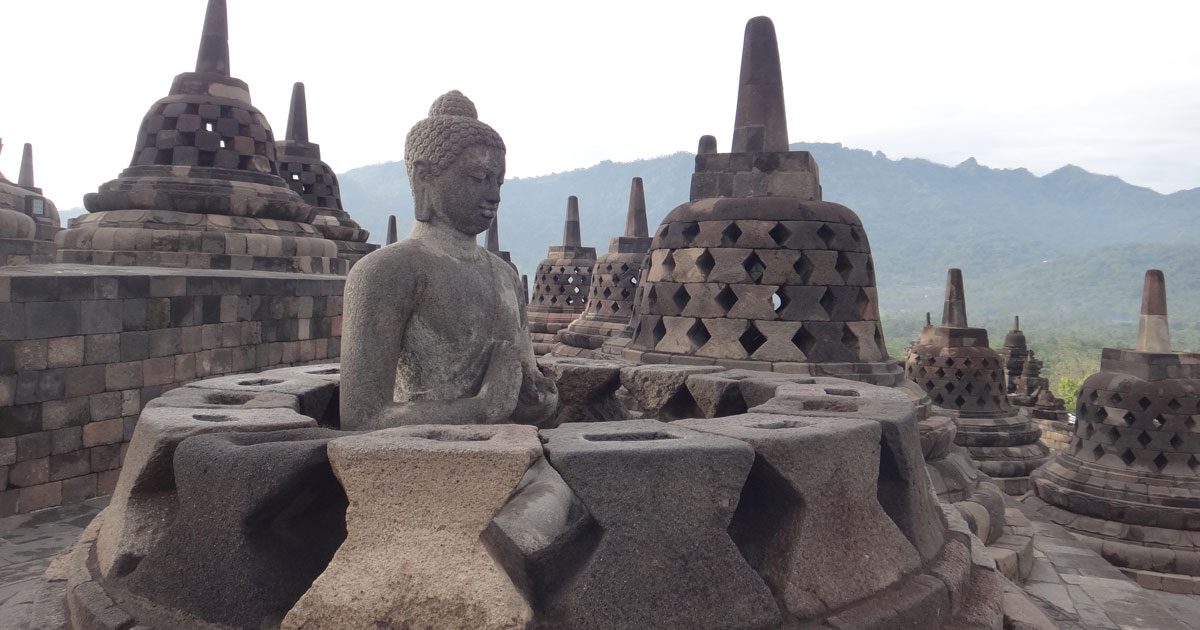
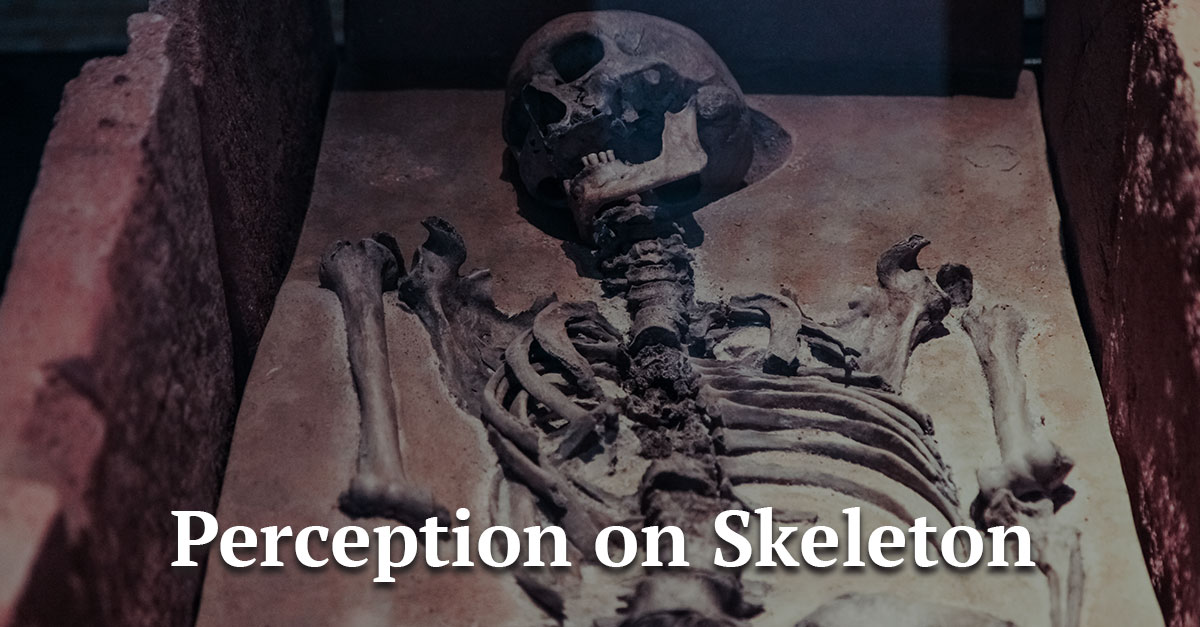

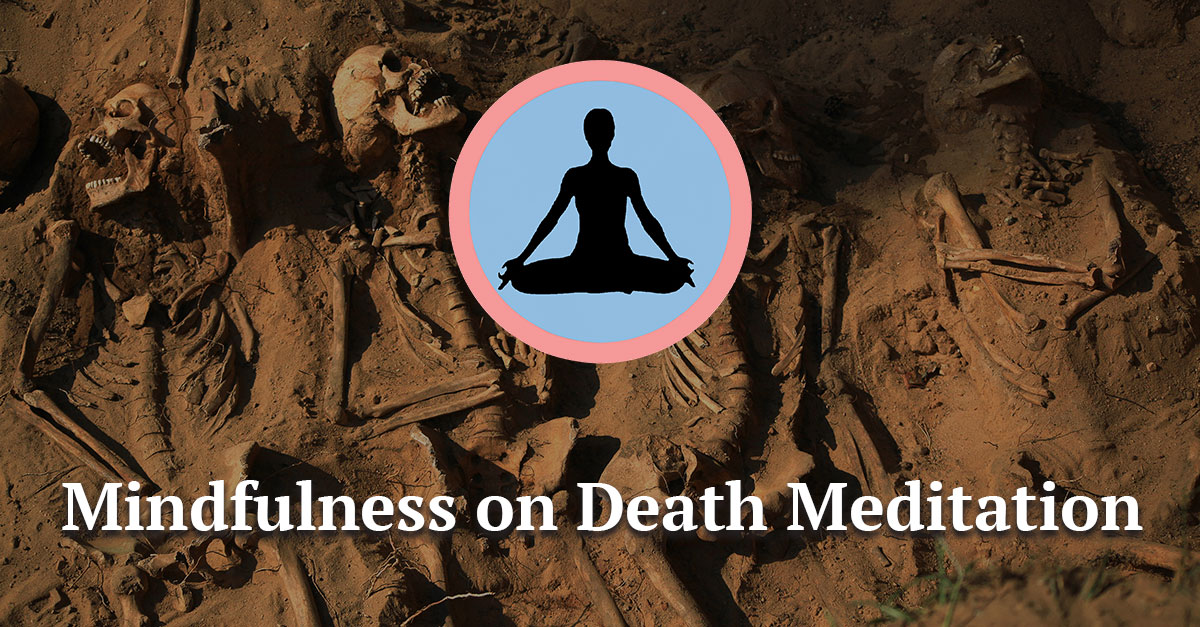
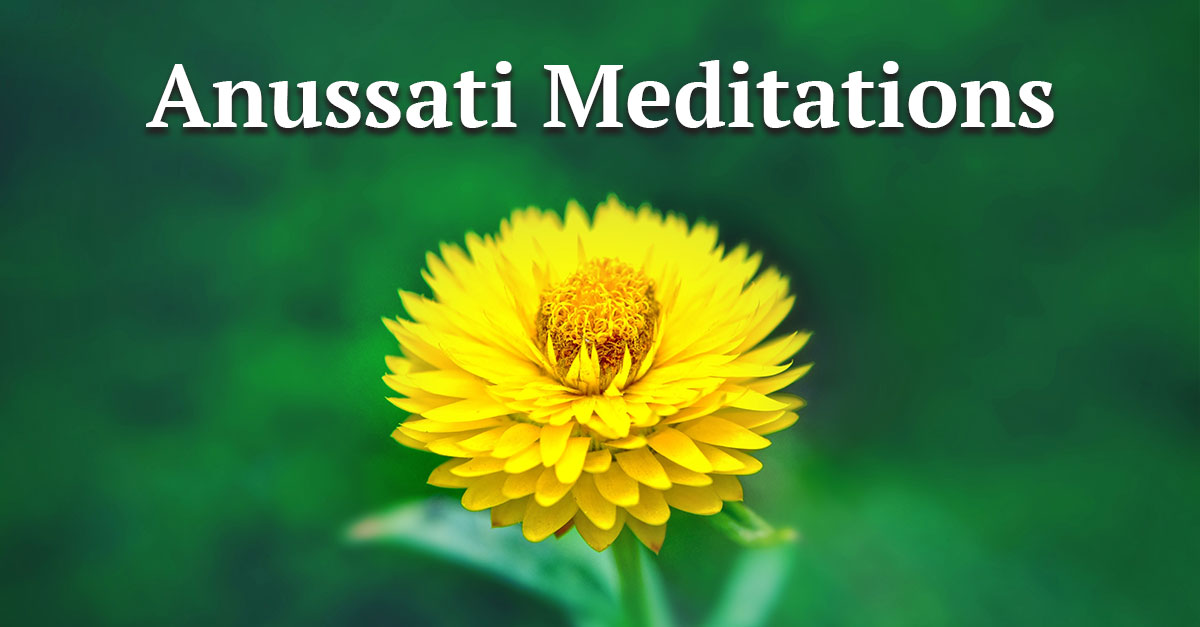
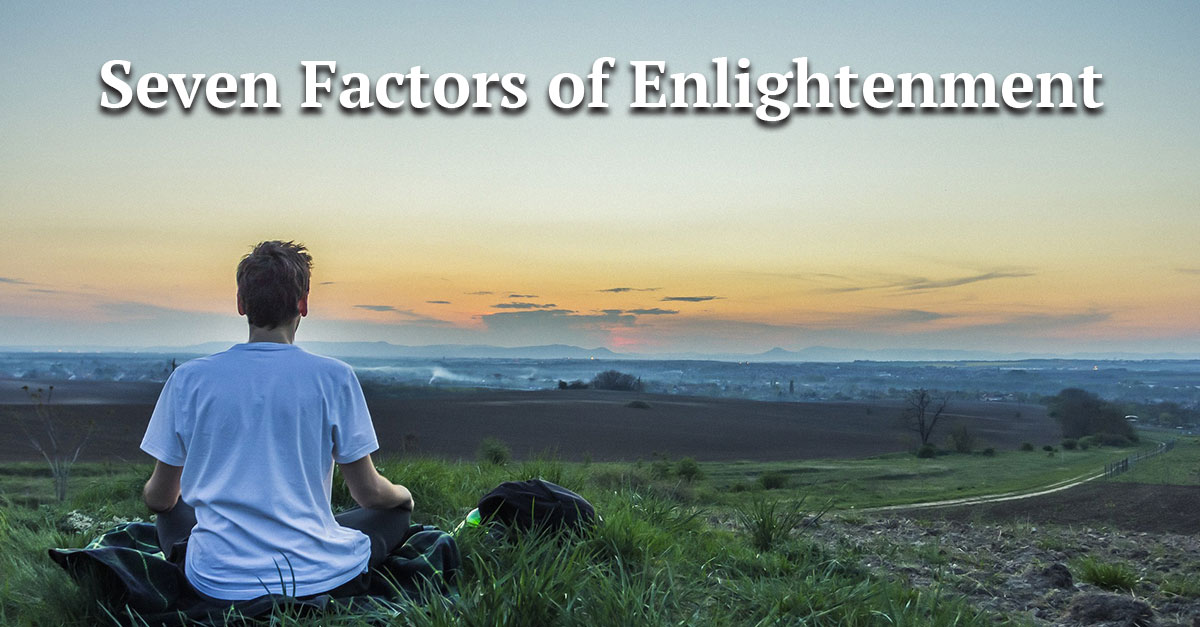
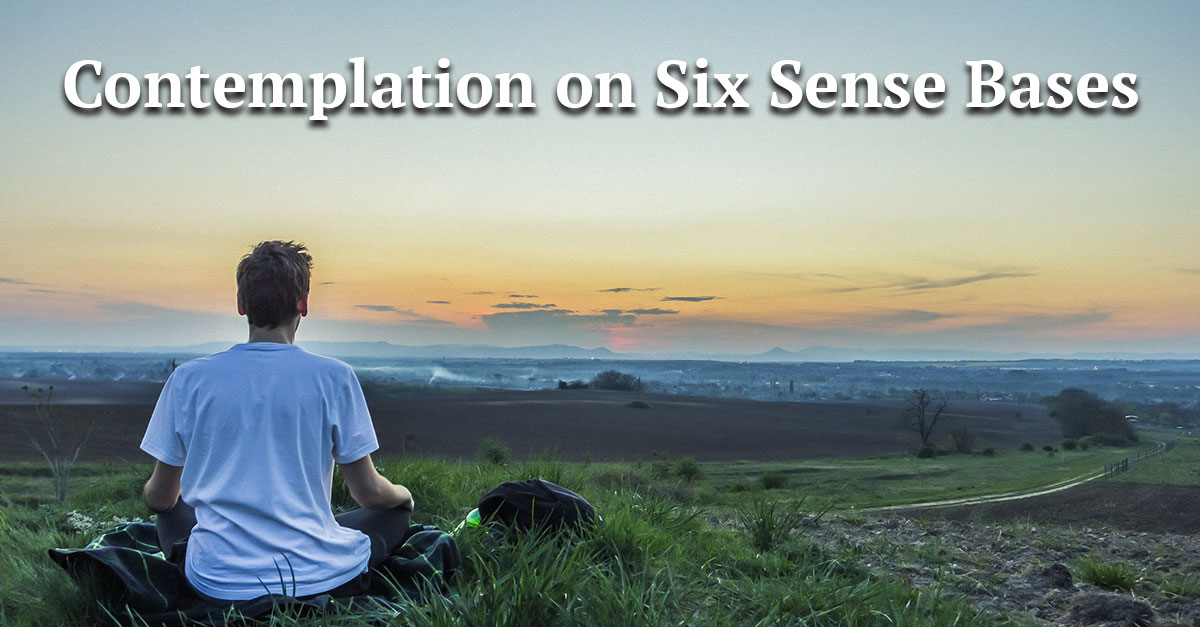


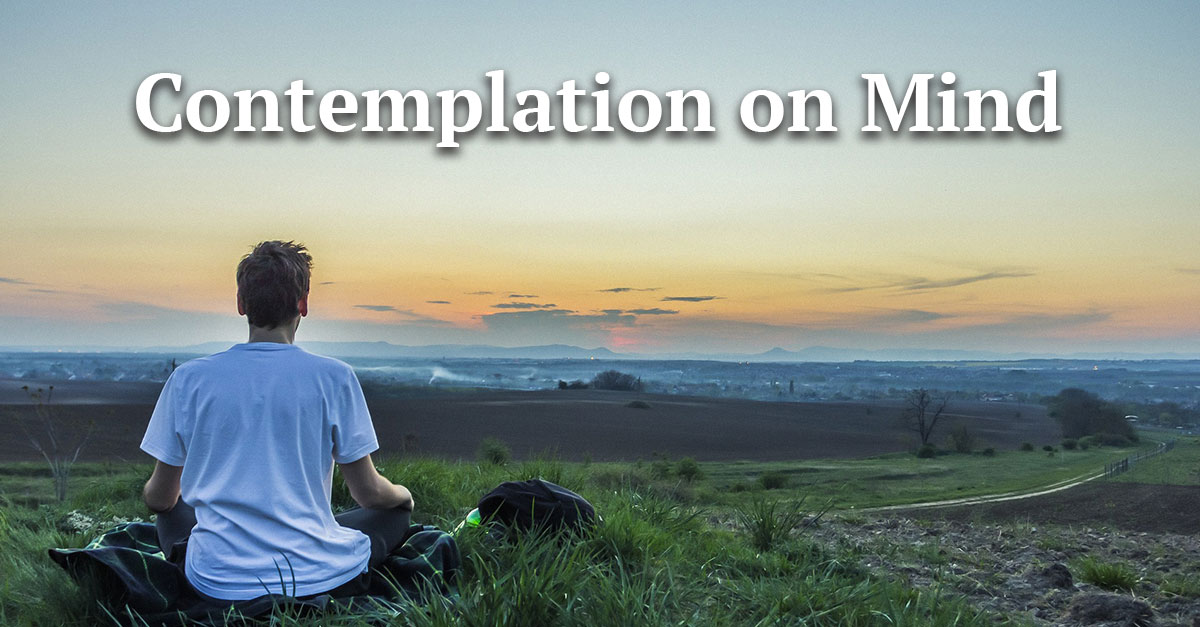

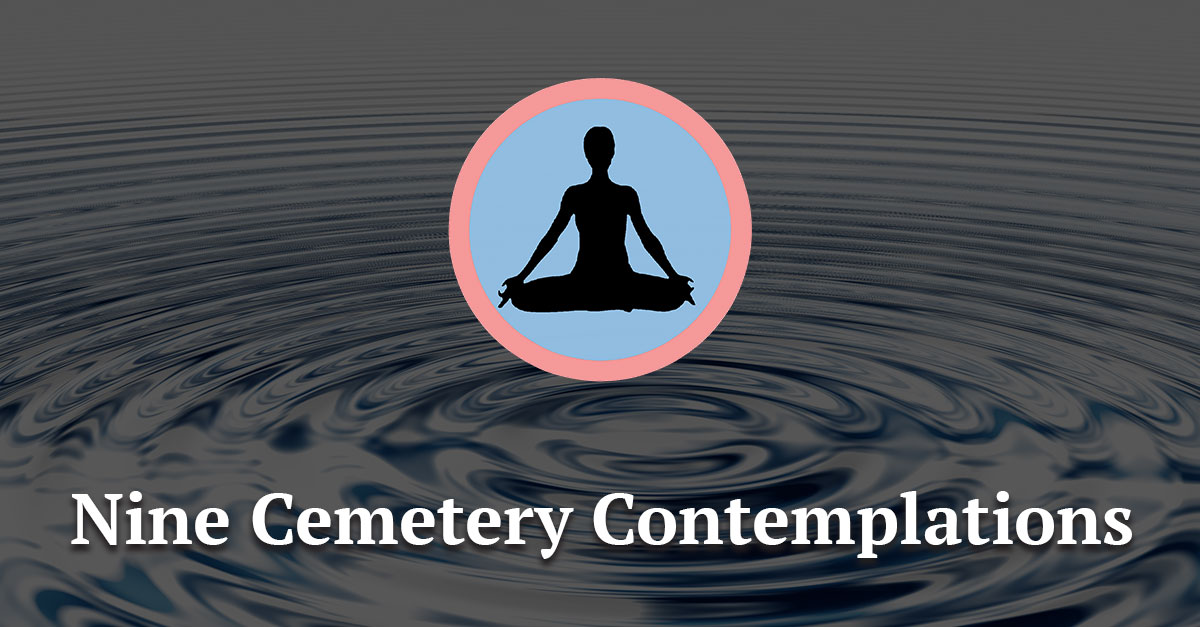
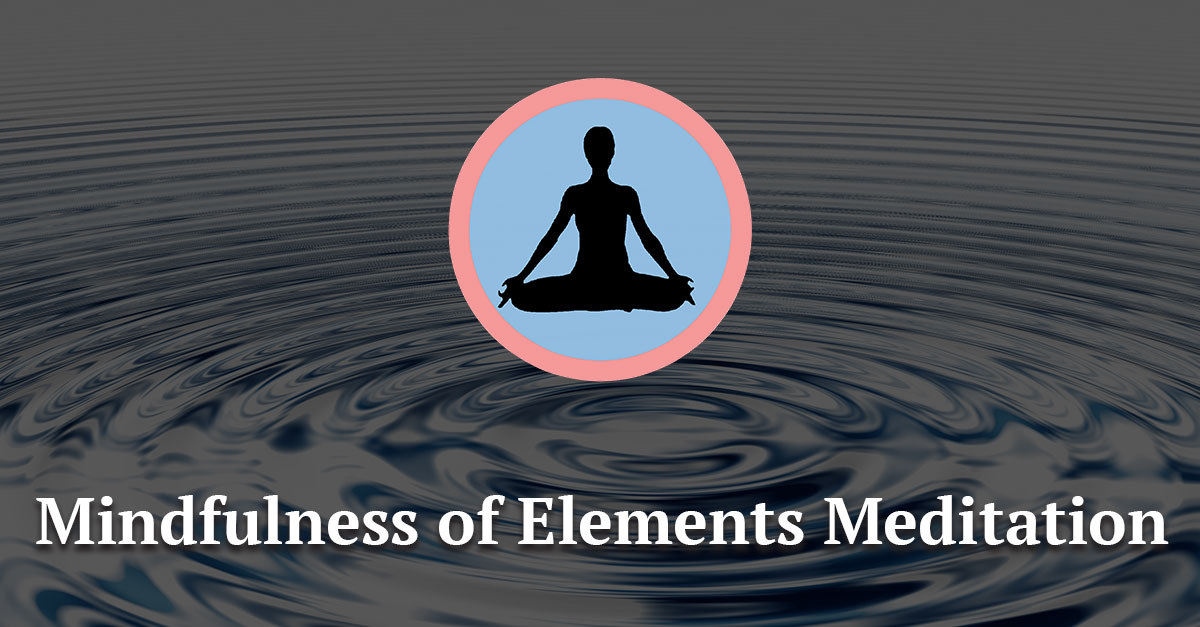
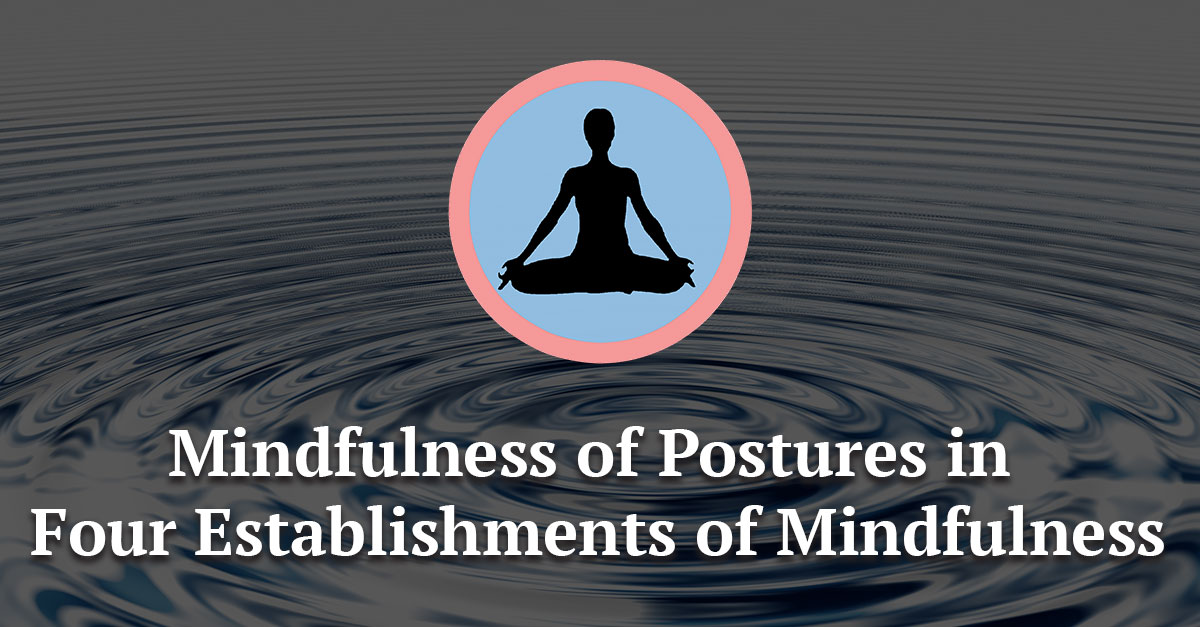
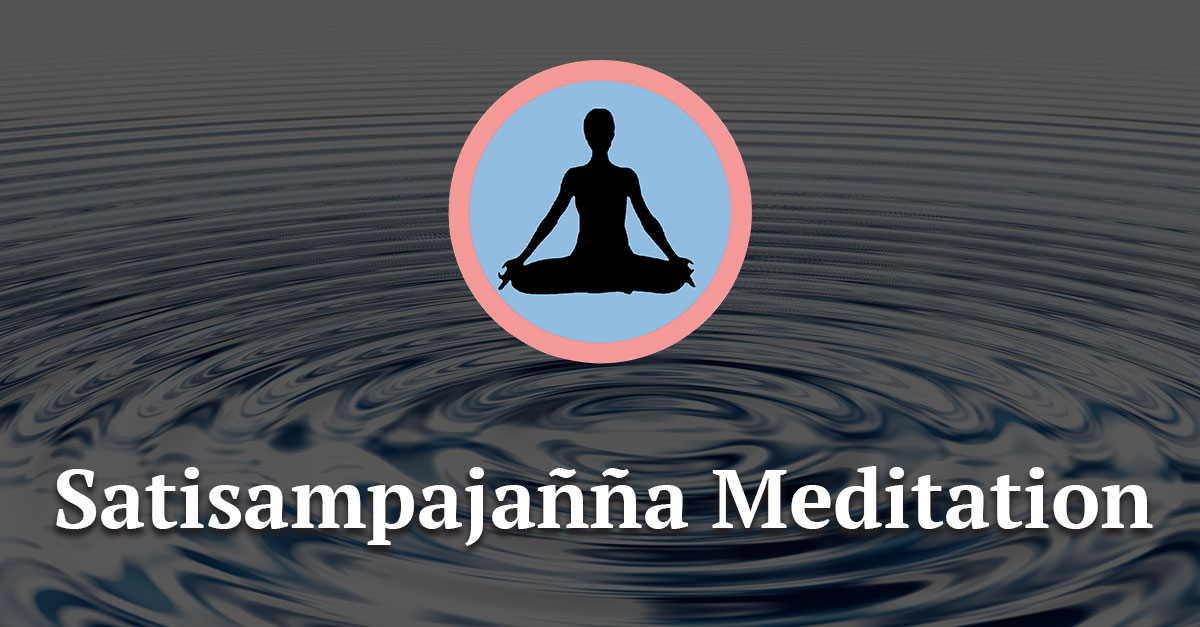
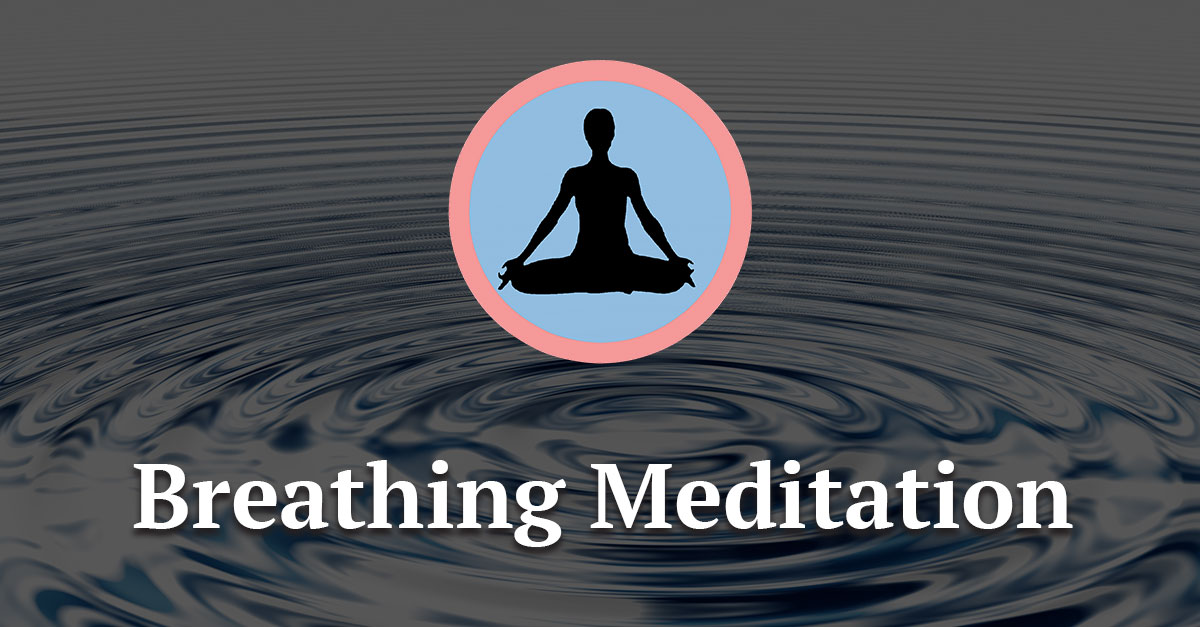
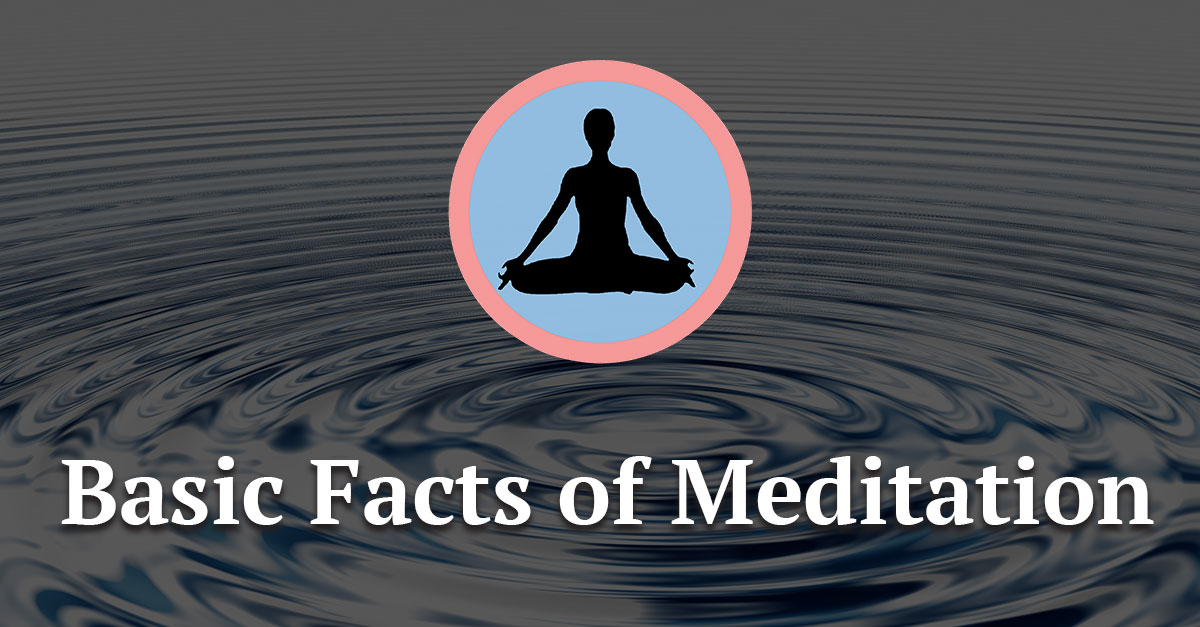
I don’t understand the context of which people talk about this subject.
After I went through vipassana I began to contemplate/meditate on my body parts individually for long periods. I found it fascinating.
This shows me that to the lay person, this kind of meditation triggers disgust.
What a strange world.
Ps
Meditation on my brain I found interesting and fascinating. I was able to feel my brain. The interior, exterior. Where I *thought* my thoughts come from. It was so special. So far from *disgusting*
It’s not really about disgust. It is about the realization that the things you may find attractive, may be attached to, are not going to last. Everything is dying all the time.